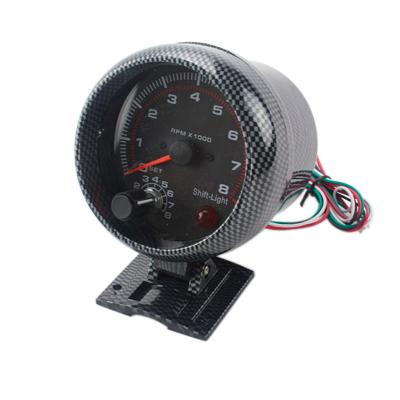Jennova, a US specialist in smart energy management solutions, has developed a new patented wireless diesel tachometer specifically designed to provide a simple, self-powered solution for generating tachometry readings from nearly any motor.
The process is based on the company’s patented Electrodynamic Energy Harvesting (EH) technology, which powers the device and enables the unit’s magnetic induction sensors to read RPM pulses directly from the engine’s motion and produce instant data.
“Gathering accurate and immediate diesel engine tachometry readings on a diesel engine has always been an extremely difficult process,” says Terry Pennisi, the company’s CEO and founder. “Prior to today, most solutions have involved cumbersome installations requiring complex calibrations.
“Jennova is focused on technologies that change the way we use energy. Our energy harvesting technology offers a revolutionary and virtually error-free method for capturing mechanical motion and reading the tachometry produced by almost any type of motor.”
The Jennova energy-harvesting method utilises magnetic induction to power the tachometer’s RPM sensor and signal transmitter. This is achieved through the capture and enhancement of energy created when a moving magnet passes by the conductor. In order to create the magnetic presence within a diesel engine or any other motor, the wireless diesel tachometer’s small neodymium magnets are attached to the flywheel or ideally a harmonic balancer. These magnets then create both the opportunity to harvest energy and the pulses needed to read RPM.
In addition to providing highly accurate readings, the entire installation process is performed in four simple steps in just minutes. This starts by placing two to four magnets from the wireless diesel tachometer to the motor’s flywheel or harmonic balancer with a simple cyanoacrylate – better known as super glue.
After attaching the unit’s transmitter with loop pad to the back of the engine compartment and sensor head to the engine fixture or hose using the spacing gauge sent with the installation kit, the RPM gauge only needs to be mounted to the vehicle cabin. Once completed, the tach is imply set to “four cylinder” when used with two magnets and “eight cylinder” with four magnets. From there, the unit is ready to go.
“Our goal is to provide diesel enthusiasts with the enhanced functionality needed to personalise their vehicles,” says Christian Pennisi, the company’s director of operations. “The wireless diesel tachometer simplifies the installation process by making these upgrades easy for just about everyone.”
In addition to its advances in energy harvesting, Jennova has also developed a new patent-pending, self-powered EH Multi-Sensor offering autonomous remote sensing capable of gathering multiple sensor inputs and sending the data package wirelessly to either the web or direct to device. It is ideal for hazardous or difficult to reach infrastructure and remote or mobile platforms.
For more information visit www.jennova.com






